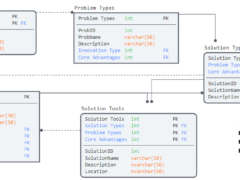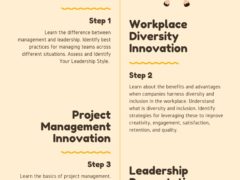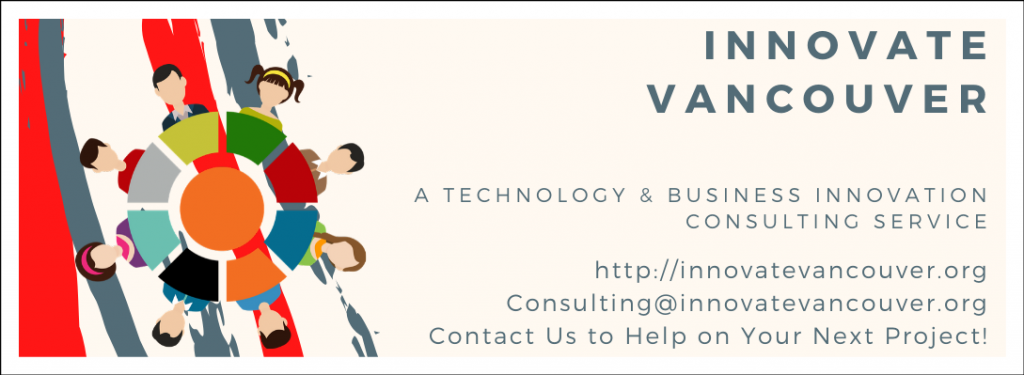Change resistance can be difficult to diagnose and resolve. Its presentation is often fluid and adaptive. Additionally, resistance can be institutionalized. It may also be invisible to internal stakeholders.
Resistance can be cloaked in ordinary process mechanisms, models, and tools regularly deployed within the corporate culture. Internal politics can often weaponize these assets to stall organizational transformation efforts.

These mechanisms influence the models that are considered. They determine which models are rejected. They also influence which skills and tools are supported. Some skills and tools are ignored. Additionally, these mechanisms affect what challenges are considered. Others are rejected without a moment’s thought. Homeostatic mechanisms reinforce the status quo. Combined with organizational models for ‘culture fit,’ the opportunities for leveraging change are often evasive.
Identifying the resistance roadmap prior to your organization’s change initiative. The following resistance roadmap is broken into two parts. The first depicts common resistance mechanisms. The second part (included in a separate post) provides suggestions on how to address and overcome these same mechanisms.


The question thus becomes is the resistance due to an issue of ‘willingness’ or an issue of ‘ability.’ These are not often easily disentangled from one another. Particularly in a resistant corporate culture. The following questions can be diagnostically useful when evaluating change resistance in your organization:
- Does the resistance impact requirements?
- Does the resistance impact the schedule?
- Does the resistance impact what stakeholders are consulted?
- Does the resistance impact priorities?
- Does the resistance impact outcomes?
Change management requires ongoing consultation and pivoting if it is to be successful. But flexibility can obscure underlying institutional mechanisms that are resistant to change, and so need to be evaluated thoughtfully.
- Policy & Procedures
- Training Mechanisms
- Evaluation Mechanisms
- Organizational Structure
- Business Model
- Service/ Value Chain
- Governance Model
- Organizational Culture
- Organizational Learning Model
Leadership must be aligned in the mission, vision, values, communication, goals, and approach for a transformation effort to be successful. Explanations arguing to the contrary need to be addressed strategically as well. This strategic approach needs to consider the interplay and interdependencies amongst competing, overlapping, and evolving mechanisms.
Check out Part 2 of the change management roadmap below
Travis Barker, MPA GCPM
Innovate Vancouver
Innovate Vancouver is a Technology and Business Consulting Service located in Vancouver, BC. Contact us to help with your next project!



